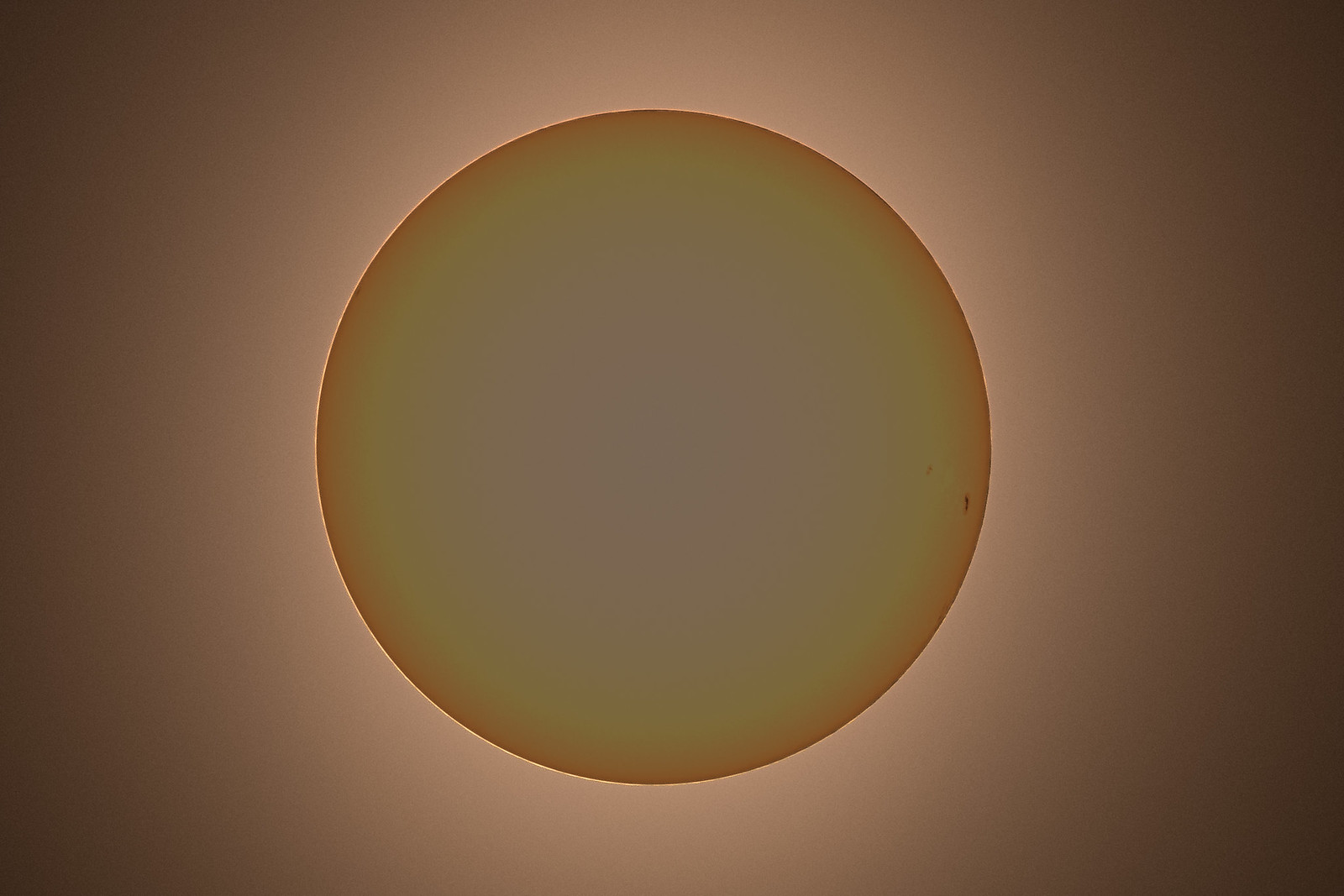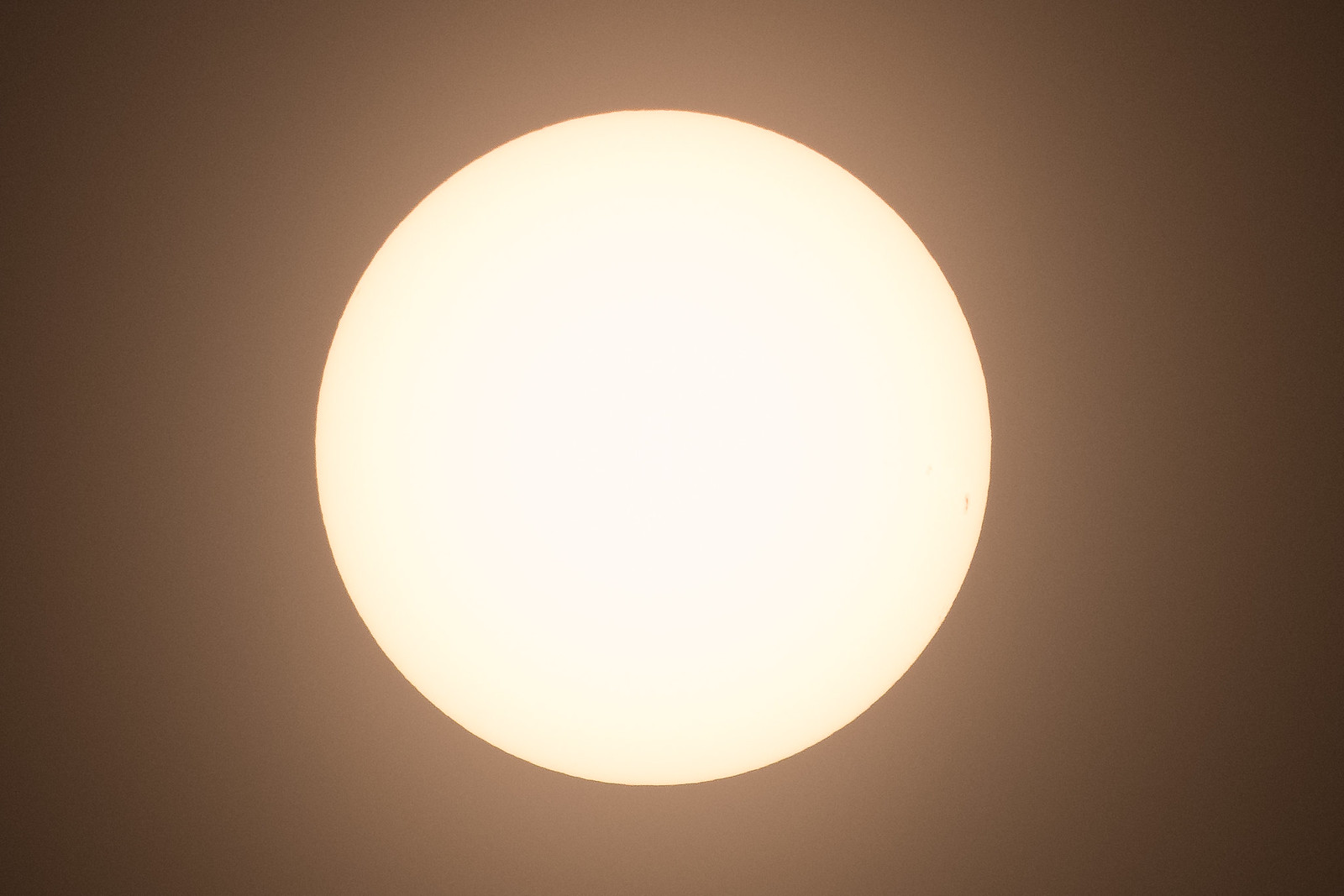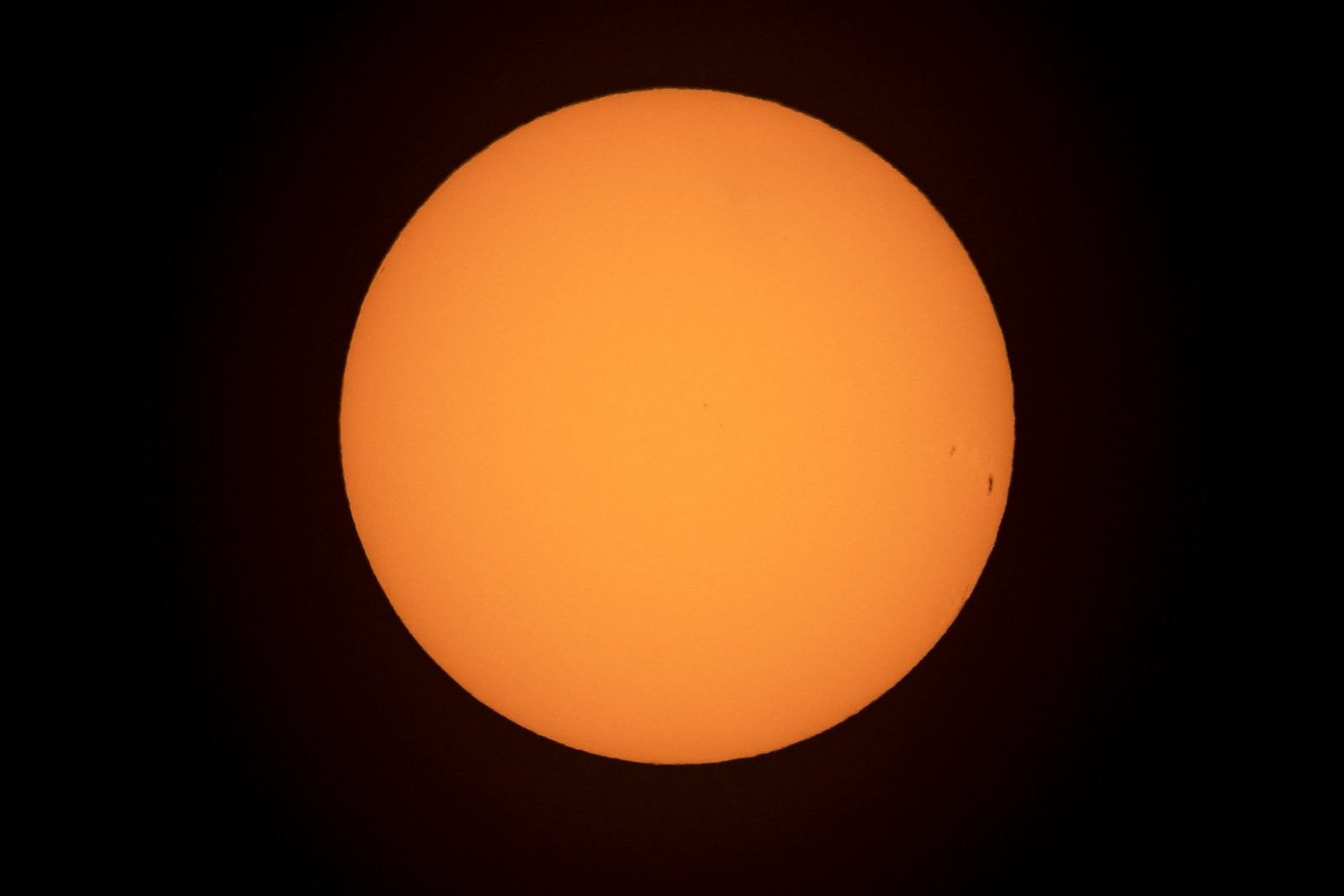Following up on photographing prominces without an h-a filter, and without an eclipse, here's my attempt.
600mm, 1/30 sec, f/9, ISO 800. Then applied a reverse radial filter just over the sun's diameter, dropping exposure to -4. This was my poor-man's attempt at some kind of mask over the sun. Everything outside the radial filter is "as shot". Exposure of the overall shot was probably +3EV to +3.5EV; Lightroom's clipping indicator still shows some dynamic range available, so no true blow-out on the original.
 Sun 20170909 Filtered
Sun 20170909 Filtered by
FredMan, on Flickr
I think that even if I used a real mask on the solar film or lens, without the moon blocking out most of the light, prominences are just too faint compared to the rest of the solar output to photograph without using something like an h-a filter. Too much light and too much atmosphere is just scattering the light to the point where prominences simply can't be seen. That, or there aren't any prominences right now :)
Here's the entire frame as-shot, except for cropping.
 Sun 20170909 Unfiltered
Sun 20170909 Unfiltered by
FredMan, on Flickr
And here's a shot at 1/60 sec, rest the same, cropped and processed for a "normal" white-light sun shot. All the cool sunspots have either faded or rotated off to the east.
 Sun 20170909
Sun 20170909 by
FredMan, on Flickr
 Win a FREE Membership!
Win a FREE Membership!